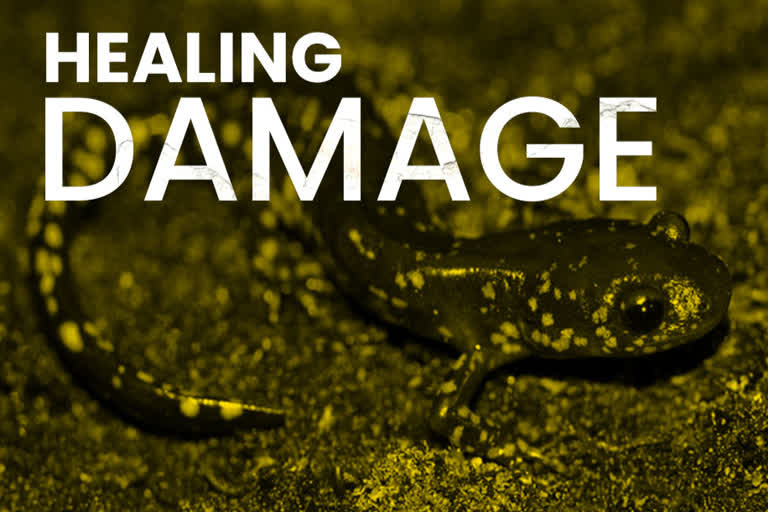Washington: Humans may not be capable of growing back severed limbs but just like salamanders and zebra-fish, they too can heal their damaged joints.
In a study published in the Science Advances journal, scientists have discovered a process in humans that can repair worn-out cartilage. It was noted that this mechanism was more effective in ankle joints as compared to hip the hip joint.
This new revelation can potentially point towards a cure for osteoarthritis which is one of the most prevalent joint disorders world over.
"We believe that an understanding of this 'salamander-like' regenerative capacity in humans, and the critically missing components of this regulatory circuit, could provide the foundation for new approaches to repair joint tissues and possibly whole human limbs," said senior author Virginia Byers Kraus, MD, Ph.D., a professor in the Departments of Medicine, Pathology and Orthopedic Surgery at Duke.
Kraus and colleagues including lead author Ming-Feng Hsueh, Ph.D., devised a way to determine the age of proteins using internal molecular clocks integral to amino acids which convert one form to another with predictable regularity.
Read Also: Global warming behind river ice cover loss: Study
Newly created proteins in tissue have few or no amino acid conversions; older proteins have many. Understanding this process enabled the researchers to use sensitive mass spectrometry to identify when key proteins in human cartilage including collagens were young, middle-aged or old.
They found that the age of cartilage largely depended on where it resided in the body. Cartilage in ankles is young, it's middle-aged in the knee and old in the hips. This correlation between the age of human cartilage and its location in the body aligns with how limb repair occurs in certain animals which more readily regenerate at the furthest tips including the ends of legs or tails.
The finding also helps explain why injuries to people's knees and, especially, hips take a long time to recover and often develop into arthritis while ankle injuries heal quicker and less often become severely arthritic.
The researchers further learned that molecules called micro RNA to regulate this process. Not surprisingly, these micro RNAs are more active in animals that are known for limb, fin or tail repair including salamanders, zebrafish, African freshwater fish and lizards.
These micro RNAs are also found in humans -- an evolutionary artifact that provides the capability in humans for joint tissue repair. As in animals, micro RNA activity varies significantly by its location: it was highest in ankles compared to knees and hips and higher in the top layer of cartilage compared to deeper layers of cartilage.
"We were excited to learn that the regulators of regeneration in the salamander limb appear to also be the controllers of joint tissue repair in the human limb," Hsueh said. "We call it our 'inner salamander' capacity."
The researchers said micro RNAs could be developed as medicines that might prevent, slow or reverse arthritis.



